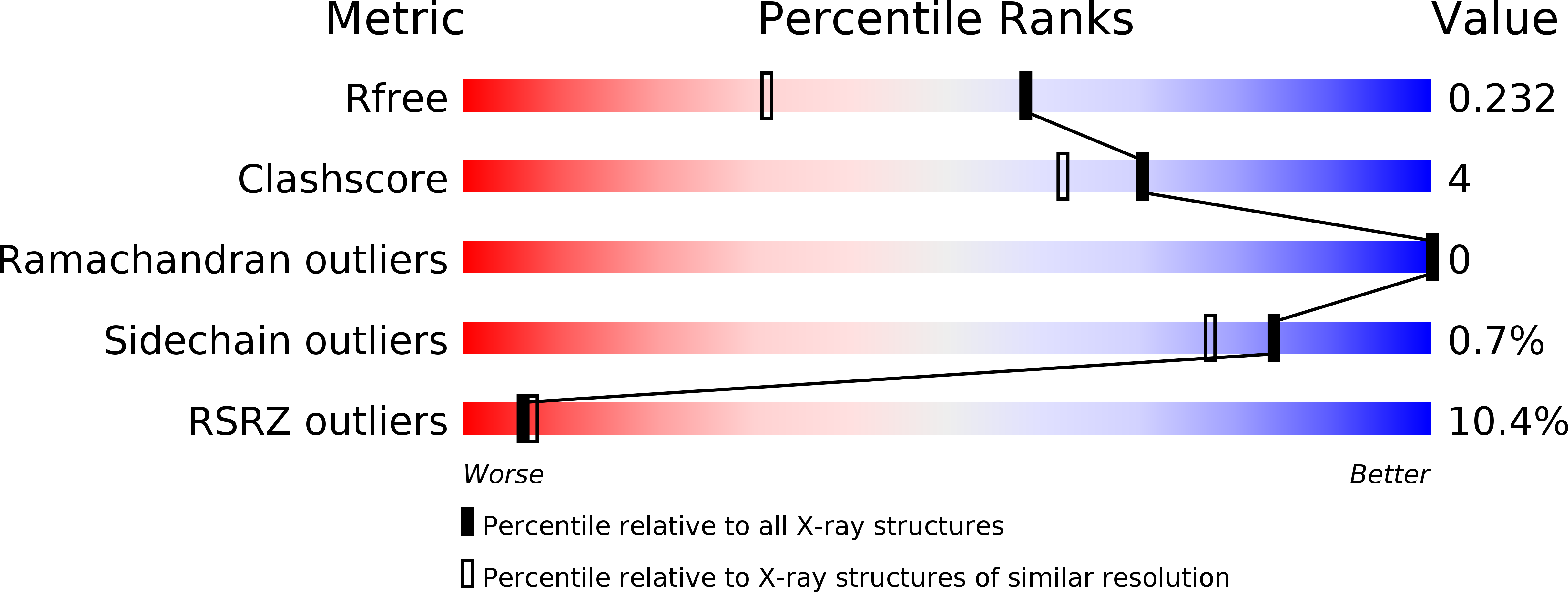
Deposition Date
2005-03-04
Release Date
2005-06-21
Last Version Date
2023-08-23
Entry Detail
PDB ID:
1Z1L
Keywords:
Title:
The Crystal Structure of the Phosphodiesterase 2A Catalytic Domain
Biological Source:
Source Organism:
Homo sapiens (Taxon ID: 9606)
Host Organism:
Method Details:
Experimental Method:
Resolution:
1.70 Å
R-Value Free:
0.23
R-Value Work:
0.20
R-Value Observed:
0.20
Space Group:
C 2 2 21


